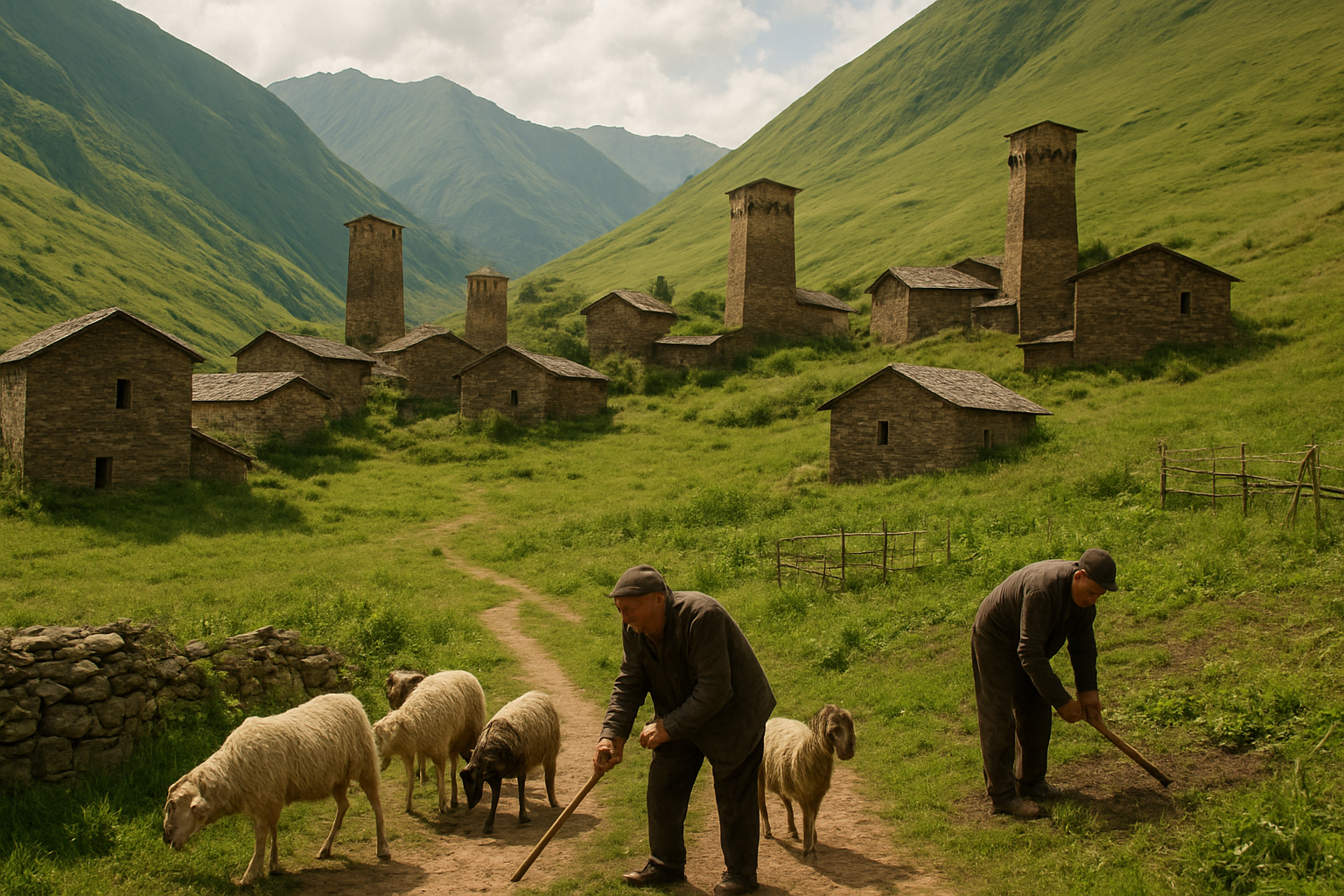
Every morning in a Georgian mountain village begins with a soft light filtering through narrow windows of stone-built houses, dew on the herbs outside, the lowing of sheep on terraces and smoke rising from hearths where simple breakfast meals are prepared using age-old recipes handed down by grandmothers; here life flows slowly, tied to nature, seasons, family, belief. Children learn to tend animals almost as soon as they can walk, guiding goats and sheep up pastures in summer, bringing them down at first frost, and in every task—from milking to weaving—they absorb songs, tales, and manners that are centuries old. In the fields, elders tend to wheat, barley, or potatoes as they have for generations, planting by old calendars, observing by moon and weather when to sow and when to reap, while young people help and in return learn how to read the land. Festivals punctuate the year: harvest festivals where neighbours gather to make wine and bread together, seasonal rituals to honour saints or ancestors, celebrations before winter snows and at spring greenings. Music echoes at these times—polyphonic singing in Svaneti, ancient ballads in Khevsureti—voices interweaving in patterns young and old still remember, even if some words are forgotten. Language and dialects survive because in homes and at feasts people speak their local tongue: tongue-twisting proverbs, lullabies, riddles, jokes that only make sense to those who know the place. Crafts are preserved: wool weaving, wood carving, stone masonry, embroidery of traditional garments, making tools by hand; elders teach the young, often informally by watching and doing, in the evenings by hearth, in summers under wide sky. Religion and ritual remain central: church services every Sunday, saint’s days, funerals and weddings, blessings of livestock and fields, sometimes older pagan or folk customs woven into Christian practice. Through mutual help—when neighbours build a roof together, share food in difficult winters, lend tools—social bonds stay strong; respect for elders is not just courtesy but foundation: they are storehouses of memory, of how things were before roads, before electricity, before phones. Modernity arrives—some villages have power, mobile phones, even internet—but many families deliberately preserve simplicity: cooking on wood, fetching water from springs, using traditional herbal medicine, avoiding waste, honouring ancestors’ ways. The younger generation often migrates or studies away, yet many return for festivals or summers, bringing back ideas but also rejoining the rhythm—learning to cook the old dishes, singing the old songs, restoring the old houses, wearing traditional clothing on special occasions. In this interplay of change and continuity, everyday life in a mountain village becomes a living tapestry: each generation stitches in its own thread, but the pattern—of respect, craft, song, wisdom, belonging—remains.

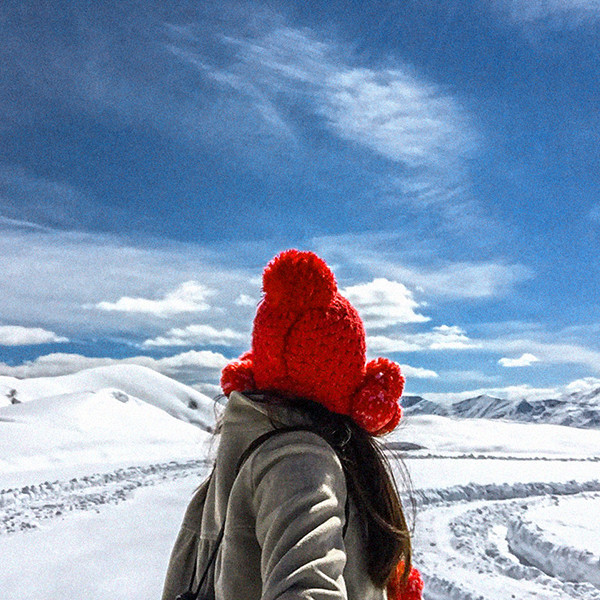
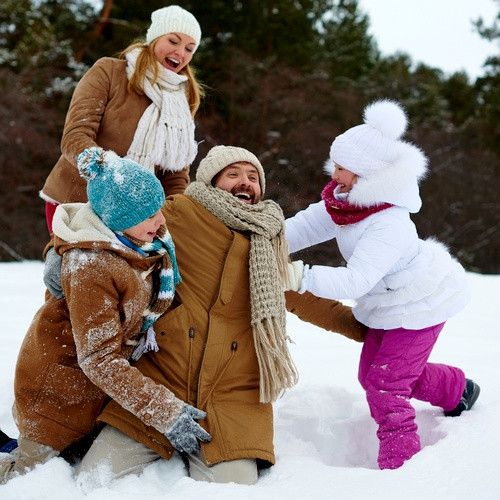
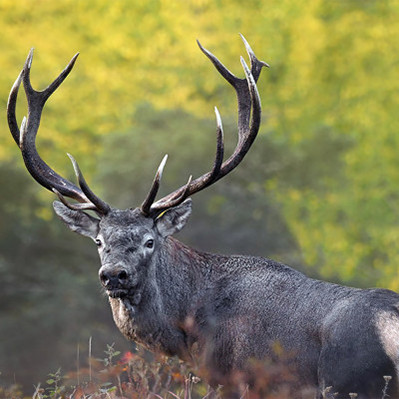
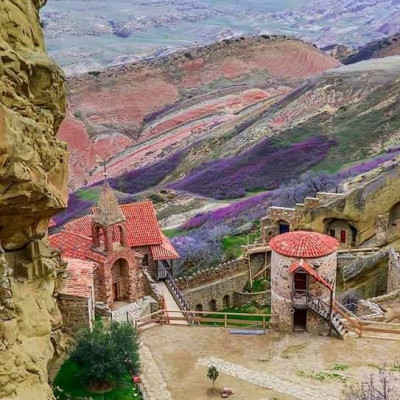

 Deutsch
Deutsch
 русский
русский
